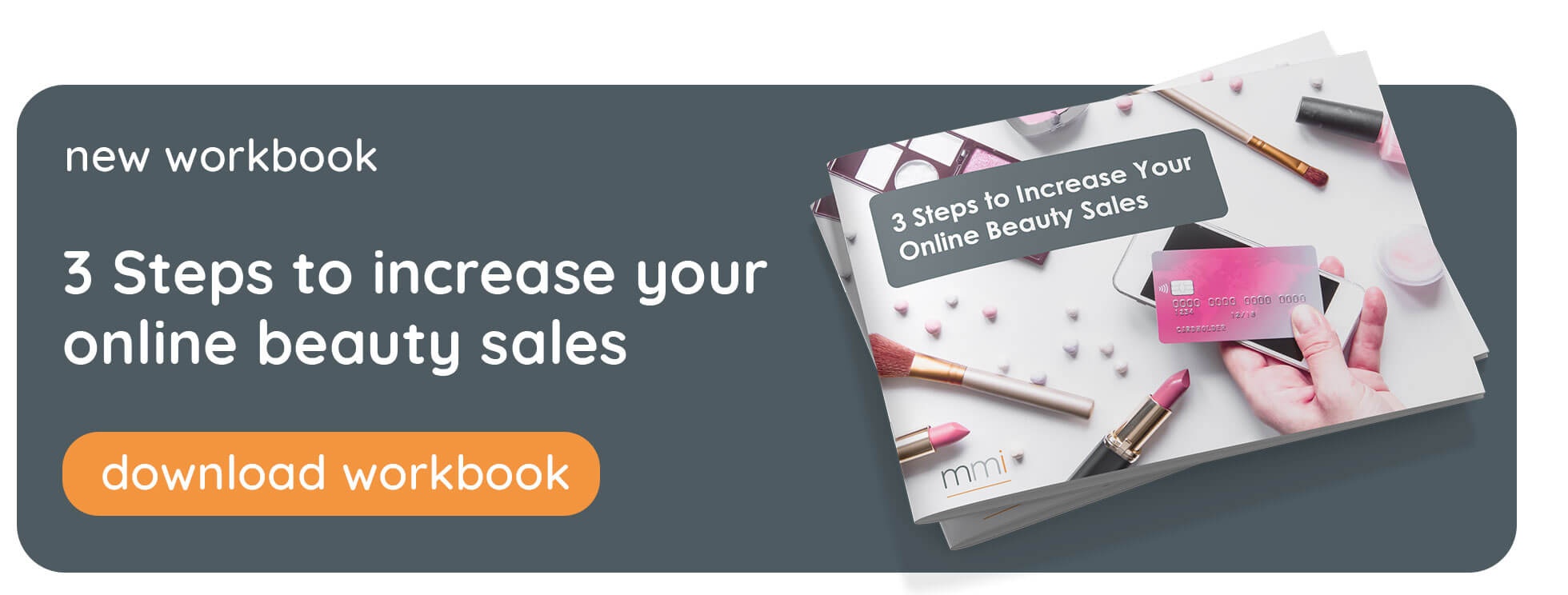Amazon currently captures around one third of all beauty purchases made online. That statistic alone is reason enough for beauty brands to hone their presence on the retail platform. However, with brand equity at stake, and third-party sellers skewing the market, some companies are still unsure about how to approach their Amazon strategies. Add in a seemingly unpredictable search algorithm, and that apprehension deepens – leading some to avoid Amazon altogether.
So, how do beauty brands embrace the etailer with confidence? The first step is understanding the opportunity. Gartner’s Future of Sales report predicts that 80% of sales will be made online by 2025. COVID has played a role in this shift, but the prominence of digital precedes the pandemic, as signaled by 83% of UK department stores closing in the five years since BHS collapsed.
It seems that Amazon is one of the key culprits for these store closures, with same or next-day delivery and high volumes of reviews luring consumers away from offline retailers. But it’s not always a brand that’s capturing these customers; third-party sellers are present on the marketplace, with some selling counterfeit or grey market beauty products.
In fact, over the Black Friday 2021 weekend alone on Amazon.com and Amazon.de, mmi data reveals that Clinique had 241 third-party sellers, Sisley had 107, and Shiseido had 103. Brands have no control over the execution of these third-party sales, from the information displayed on the product detail page, to the customer experience provided.
This is one of the key reasons why Amazon launched its Premium Beauty program in 2020. By working directly with Amazon, brands can collaborate with the retailer to gain control of their presence. This change facilitated more and more beauty brands to supply directly through Amazon, knowing that if they don’t, they’re enabling their competitors to claim market share.
But how do brands approach selling directly through Amazon, and how do they guarantee protection of their brand equity? Here are four steps to take if you’re supplying to – or considering supplying to – the etailer.
1. Check the Size of Your Business on Amazon
Begin by checking the size of the challenge or opportunity for your brand through a monitoring service. Your aim is to analyse product listings, so you can pick out and report third-party sellers on the Amazon program manager. This exercise not only enables you to see how severe the grey market is impacting your sales, but it also allows you to gain a clearer sense of how in-demand your products might be.
2. Identify Where Third-Party Sellers Are Based
In some cases, third-party sellers are based in other countries. So, while you’re investing in paid media advertising for your local market, the return on investment (ROI) for those sales is being compromised by grey-market stock from outside of your country or region. The right monitoring service can help you understand if this is happening to your brand, giving greater context to the performance of your paid media. Again, if this proves a problem, you can protect your brand by reporting these resellers to Amazon.
3. Check Whether Third-Party Sellers are Within Selective Distribution Guidelines
If your brand is managed within selective distribution agreements, monitoring your SKUs on Amazon will help you ensure they’re staying within the guidelines. You can also observe how your brand is being treated on the marketplace, what content appears on product pages, and what kind of reviews they’re receiving for the product and customer service.
4. Analyse and Elevate Your Product Content
Is your brand appearing in the buy box or is a third-party reseller outstripping your sales? With a monitoring service, you can see how often you’re winning the buy box, and which SKUs are helping you get there. Those that are losing out may require optimised content, such as additional images, more detailed copy, and product videos. Refreshing your content for the seasons can also help to boost your engagement on Amazon. Try adding festive product stills through the holiday period or shooting products in sun-soaked settings through the summer months.
By analysing your brand’s presence through third-party resellers in a detailed way – both by SKU and overall market – you can identify how many units you could be selling directly through Amazon. And, if you’re already selling directly, continuous tracking enables you to refine your brand’s presence, as well as understand how third parties might be impacting your sales.
mmi can help you at whatever stage you’re at, whether you’re just getting to grips with Amazon, or you’re ready for the next stage of growth on the platform. Find out more by reaching out to us at hello@mmi-analytics.com.
Up next: Read more about the importance of Amazon in the beauty industry.




